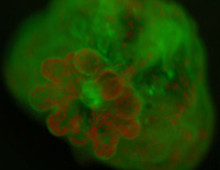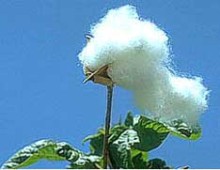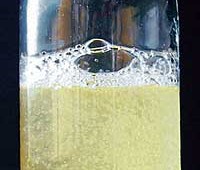Why Sequence Guillardia theta and Bigelowiella natans?
The process of endosymbiosis, where one organism lives inside another, has been a monumental force in the origin and diversification of eukaryotic life. The primary endosymbiotic origin of plastids (chloroplasts) occurred more than a billion years ago and spawned three lineages–the green algae (and their land plant relatives), red algae, and glaucophytes–whose energy-generating capabilities paved… [Read More]







